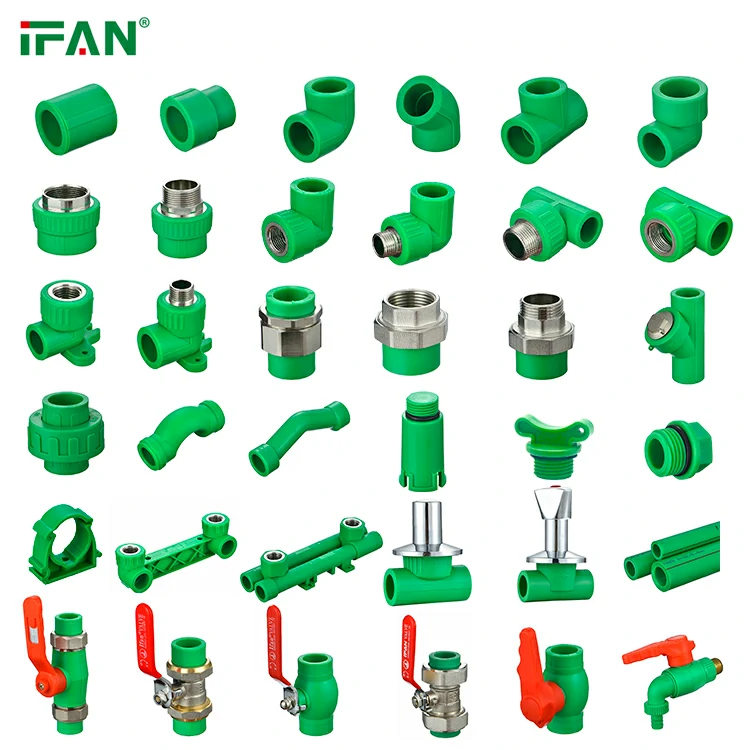Introduction to PPR Fittings
PPR (polypropylene random copolymer) fittings are essential components in modern plumbing systems. They are known for their durability, heat resistance, and ease of installation. PPR fitting is widely used in residential, commercial, and industrial applications.
Material Composition of PPR Fittings
PPR fitting is made from polypropylene random copolymer, a type of plastic. This material is highly resistant to heat, chemicals, and physical stress. For example, PPR fitting is ideal for hot and cold water systems due to their thermal stability.
Types of PPR Fittings
PPR fittings come in various types, including elbows, tees, couplings, and valves. Each type serves a specific purpose in plumbing systems. For instance, PPR elbows are used to change the direction of water flow in pipes.
Advantages of PPR Fittings
PPR fittings offer numerous benefits, such as high durability, corrosion resistance, and low thermal conductivity. They are also easy to install using heat fusion techniques. For example, PPR fittings ensure leak-free connections in water supply systems.
Applications of PPR Fittings
PPR fitting is used in a wide range of applications, including residential plumbing, industrial piping, and HVAC systems. They are particularly suitable for hot and cold water distribution. For instance, PPR fitting is commonly used in underfloor heating systems.

Installation of PPR Fittings
Installing PPR fitting involves heat fusion, which ensures strong and durable connections. This method eliminates the need for additional sealing materials. For example, PPR fitting is joined by heating the pipe and fitting ends before fusing them together.
Comparison with Other Fittings
PPR fittings are often compared to metal and PVC fittings. They outperform metal fittings in corrosion resistance and PVC fittings in heat resistance. For instance, PPR fitting is preferred over metal fittings in corrosive environments.
Maintenance and Longevity
PPR fittings require minimal maintenance due to their resistance to scaling and corrosion. They have a long lifespan, often exceeding 50 years. For example, PPR fitting in residential plumbing systems rarely need replacement.
Conclusion
PPR fitting is versatile, durable, and easy-to-install components in modern plumbing systems. Their heat and chemical resistance make them suitable for various applications. PPR fittings ensure reliable and long-lasting connections in water supply and distribution systems. Understanding their benefits helps in selecting the right fittings for efficient plumbing solutions.

